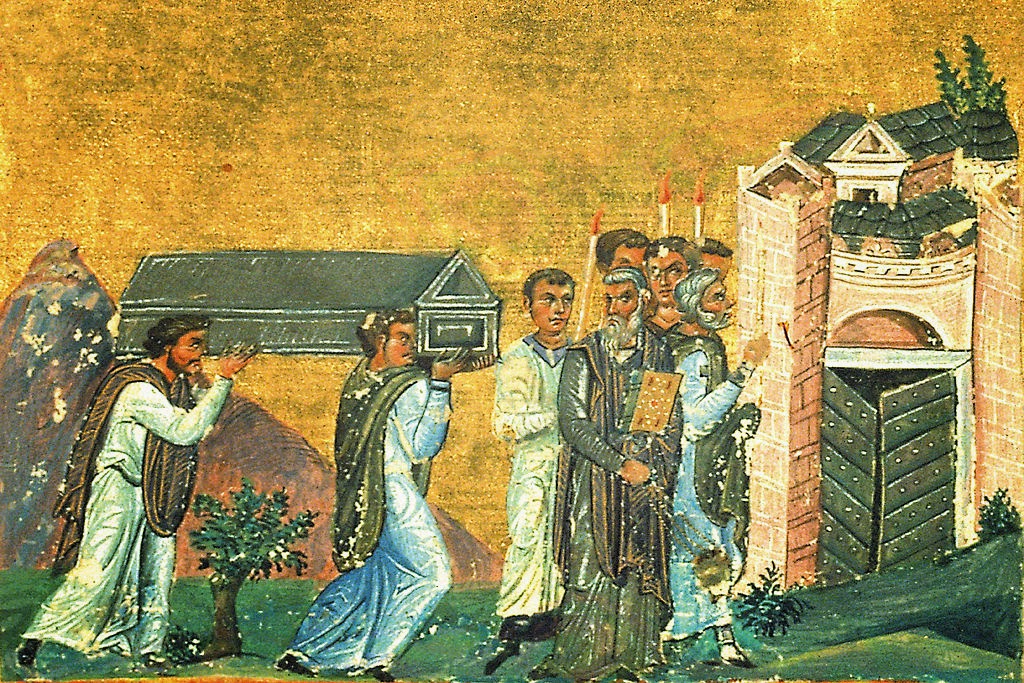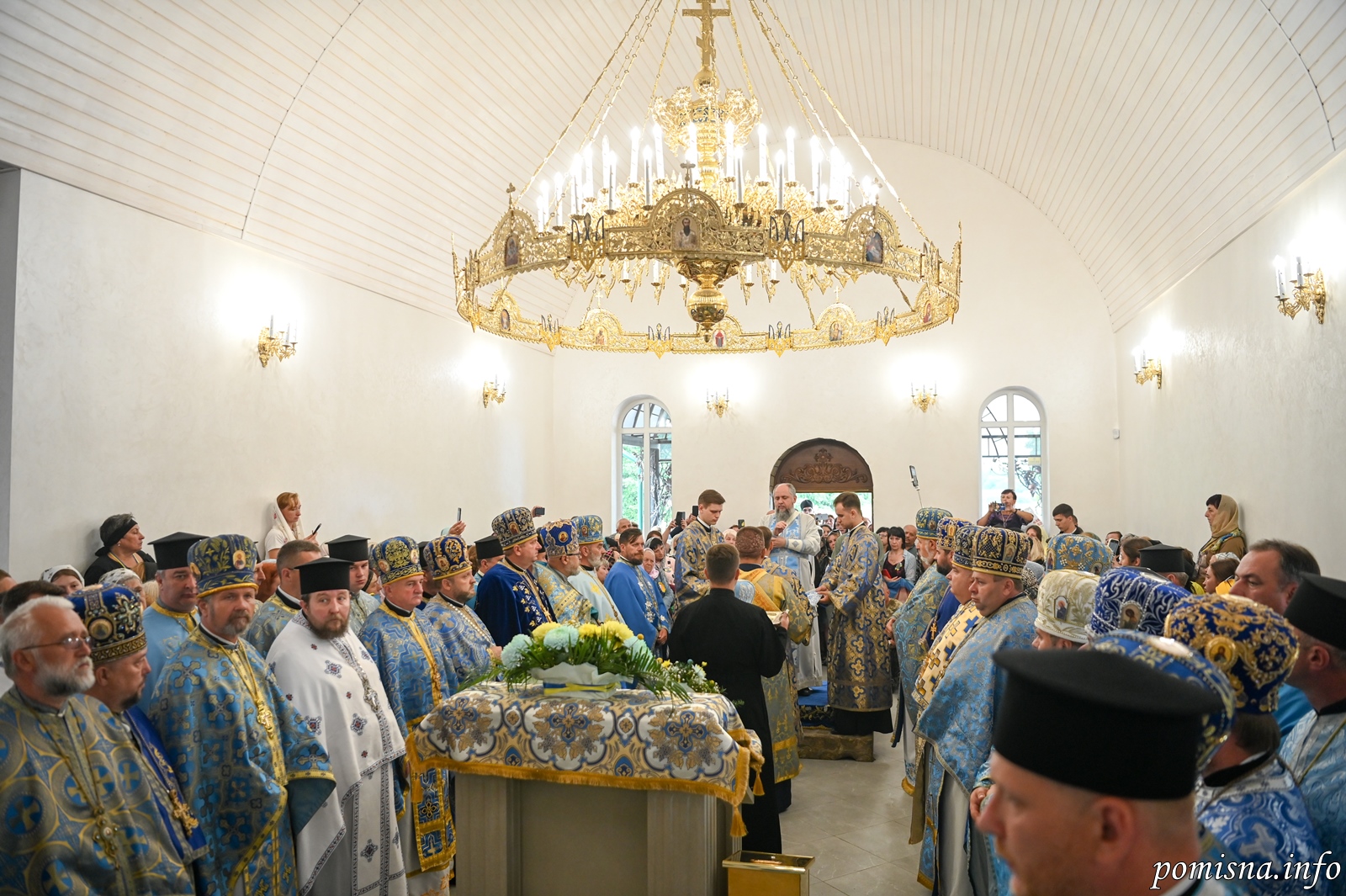Translation of the relics of the Hieromartyr Ignatius, the Godbearer and Bishop of Antioch (29 January)


The Transfer of the Relics of the Hieromartyr Ignatius the God-Bearer: (See December 20). After the holy hieromartyr Ignatius was thrown to the lions in the year 107 on the orders of the emperor Trajan, Christians gathered up his bones and preserved them at Rome.
Later, in the year 108, the saint’s relics were collected and buried outside the gate of Daphne at Antioch. A second transfer, to the city of Antioch itself, took place in the year 438. After the capture of Antioch by the Persians, the relics of the Hieromartyr Ignatius were returned to Rome and placed into the church of the holy Hieromartyr Clement in the year 540 (in 637, according to other sources).


Saint Ignatius introduced antiphonal singing into Church services. He has left us seven archpastoral epistles in which he provided instructions on faith, love and good works. He also urged his flock to preserve the unity of the faith and to beware of heretics. He encouraged people to honor and obey their bishops, “We should regard the bishop as we would the Lord Himself.” (To the Ephesians 6)
In his Letter to Polycarp, Saint Ignatius writes: “Listen to the bishop, if you want God to listen to you… let your baptism be your shield, your faith a helmet, your charity a spear, your patience, like full armor.” (Compare Eph. 6:14-17 and the Wisdom of Solomon 5:17-20. Also The Ladder 4:2)
Saint Ignatius was a disciple of Saint John the Theologian, and a successor of the Apostles, and he became the second Bishop of Antioch, after Evodus. He wrote many epistles to the faithful, strengthening them in their confession, and preserving for us the teachings of the holy Apostles. Brought to Rome under Trajan, he was surrendered to lions to be eaten, and so finished the course of martyrdom about the year 107. The remnants of his bones were carefully gathered by the faithful and brought to Antioch. He is called God-bearer, as one who bare God within himself and was aflame in heart with love for Him. Therefore, in his Epistle to the Romans (ch. 4), imploring their love not to attempt to deliver him from his longed-for martyrdom, he said, “I am the wheat of God, and am ground by the teeth of the wild beasts, that I may be found to be the pure bread of God.”
Saint John Chrysostom has a homily in honour of the translation of the Saint’s relics (PG 50:587).
The principal feast of St. Ignatius is celebrated in winter, on December 20. On this date we commemorate the translation of his relics from Rome, where he suffered martyrdom, to Antioch, where he had earlier been bishop. When St. Ignatius was summoned to Rome to account for his faith before Emperor Trajan, he was accompanied on this long journey by several citizens from Antioch, who were motivated in this by a great love toward their wonderful archpastor. Since he would never deny his faith in Christ, this saint of God, who abhorred all the adulation and promises of Emperor Trajan, was condemned to death and thrown to wild beasts in the Circus Maximus. The wild beasts tore him apart, and he surrendered his soul to God. His companions then gathered his exposed bones, took them to Antioch, and honorably buried them. When the Persians captured Antioch in the sixth century, the relics of St. Ignatius were again translated from Antioch to Rome.
Apolytikion of Relics of Ignatius the Godbearer
Fourth Tone
As a sharer of the ways and a successor to the throne of the Apostles, O inspired of God, thou foundest discipline to be a means of ascent to divine vision. Wherefore, having rightly divided the word of truth, thou didst also contest for the Faith even unto blood, O Hieromartyr Ignatius. Intercede with Christ our God that our souls be saved.
Kontakion of Relics of Ignatius the Godbearer
Fourth Tone
Dawning from the East this day, divine Ignatius, that God-bearer praised of all, hath made the whole creation bright with his wise teachings of piety and is adorned with the beauty of martyrdom.
Source: oca.org / goarch.org / westserbdio.org




